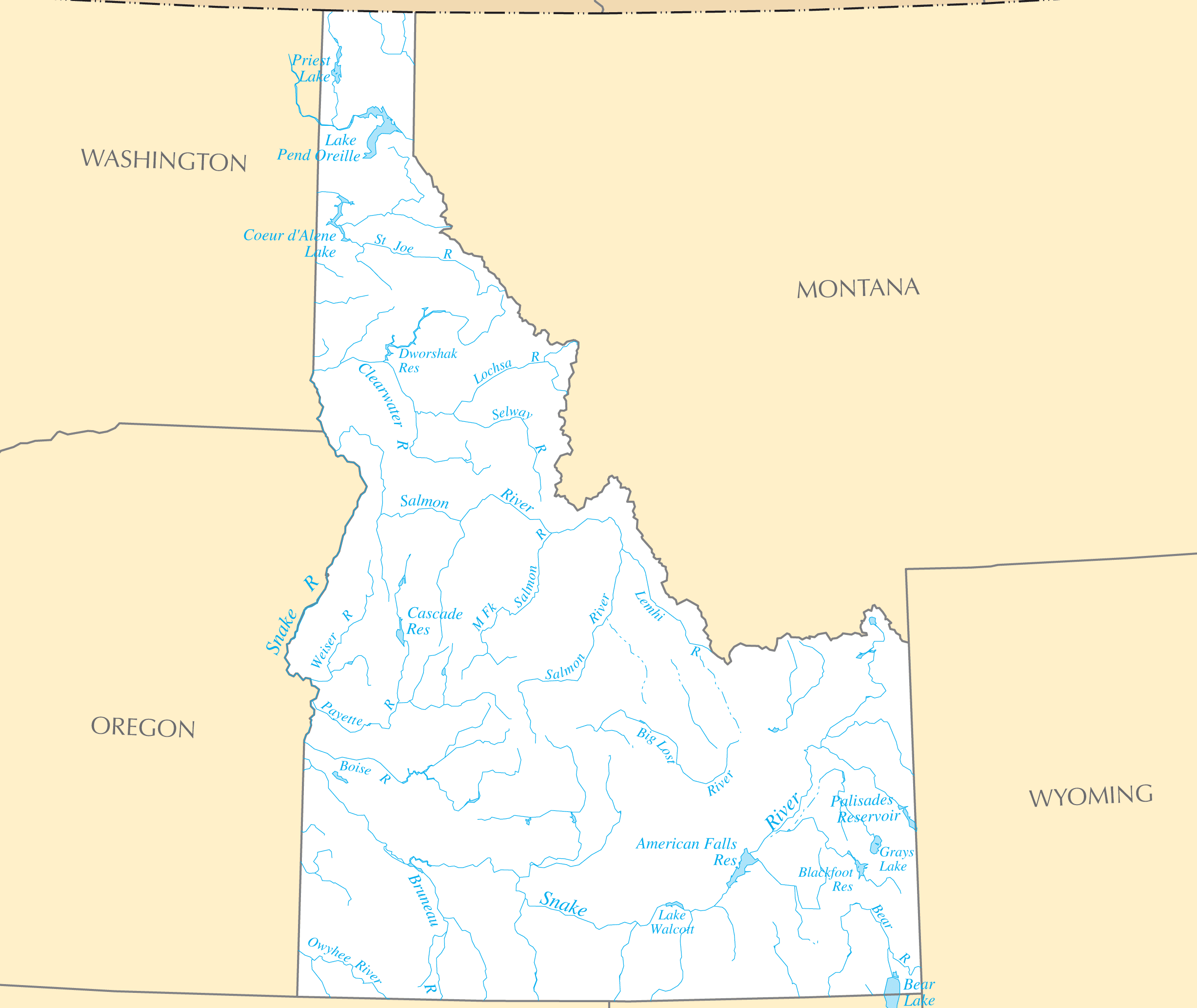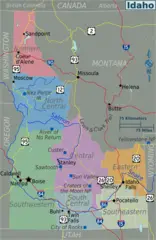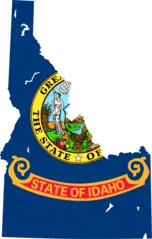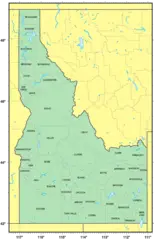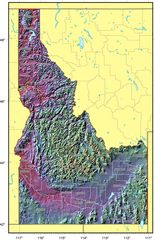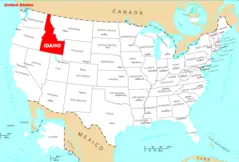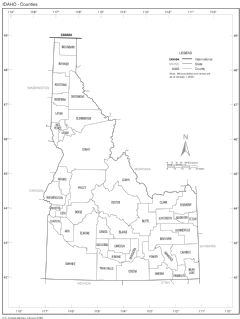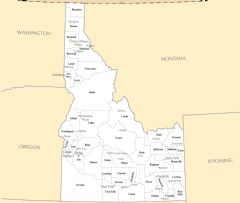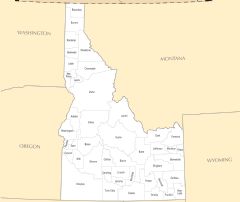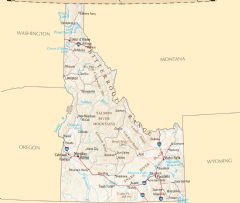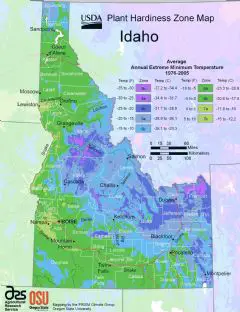Idaho Rivers And Lakes
Idaho has diverse river systems that support agriculture, recreation, and wildlife habitats.
Snake River
The Snake River forms a major part of Idaho's western border with Oregon and Washington. Facts about the Snake River:
- It flows over 1,000 miles from Wyoming through southern Idaho before joining the Columbia River.
- The Snake River passes through Idaho Falls, Twin Falls, and Lewiston.
- It was an important river for Native American tribes and early settlers in the region.
- Today the Snake River supports irrigated agriculture, fishing, and hydropower dams.
Clearwater River
The Clearwater River flows from the Bitterroot Mountains of Idaho north to join the Snake River. Details about the Clearwater River:
- It courses over 175 miles through north-central Idaho's mountains and canyons.
- The river passes through the Clearwater National Forest and Nez Perce tribal lands.
- It offers excellent whitewater rafting as well as steelhead and salmon fishing.
Boise River
The Boise River flows southwest through Idaho's Treasure Valley. Facts about the Boise River:
- It runs 80 miles through the cities of Idaho City, Boise, and Parma.
- The river is dammed to form Lucky Peak Lake which provides irrigation and recreation east of Boise.
- It also flows through scenic areas like Barber Park in Boise.
Notable Lakes in Idaho
Some of Idaho's largest lakes include:
- Lake Coeur d'Alene - a 25-mile long scenic lake in northern Idaho.
- Priest Lake - known for fishing, located in Idaho's panhandle.
- Lake Pend Oreille - Idaho's largest lake, popular for boating and recreation.
- Bear Lake - a beautiful turquoise colored lake on the Utah border.
Idaho's rivers, especially the Snake River system, have been key features in the state's development and continue to sustain ecology, agriculture, and recreation.
